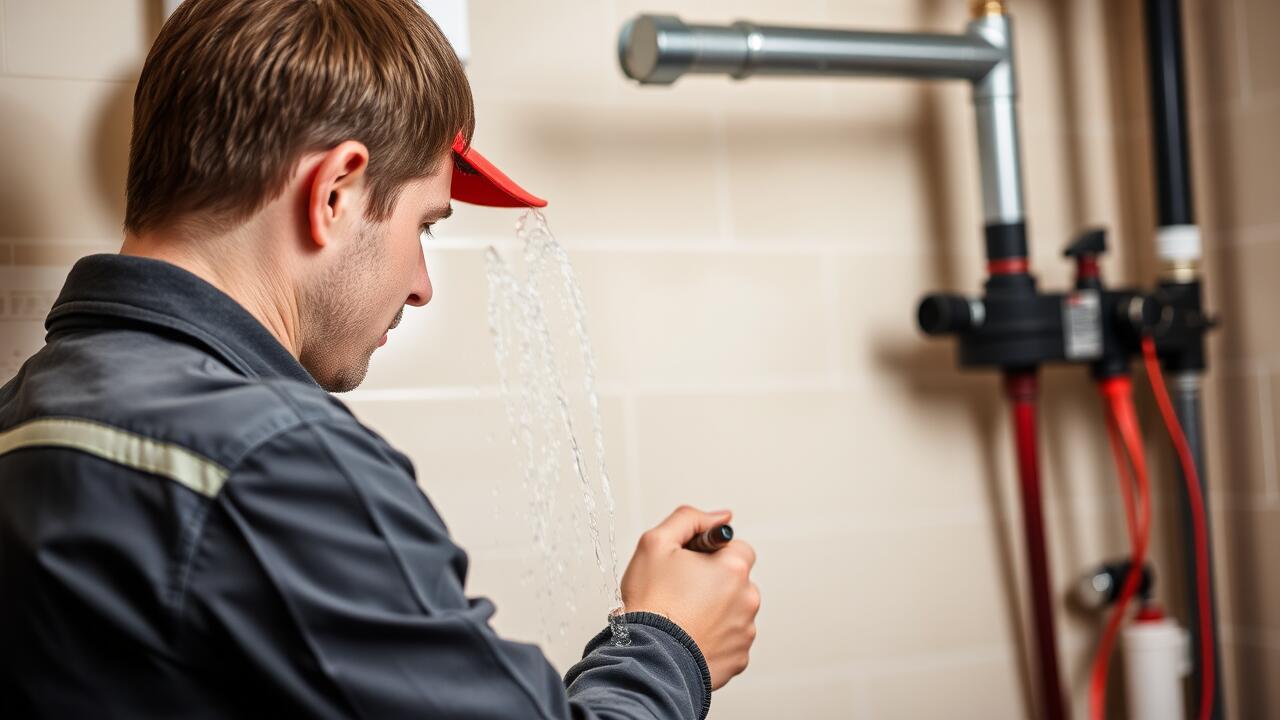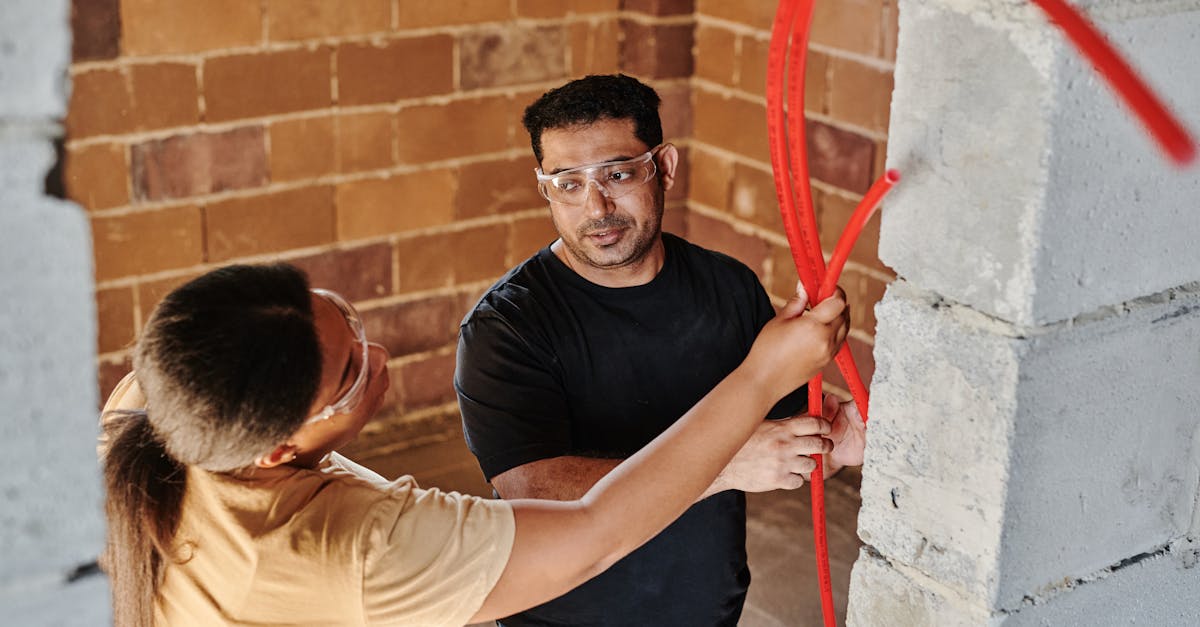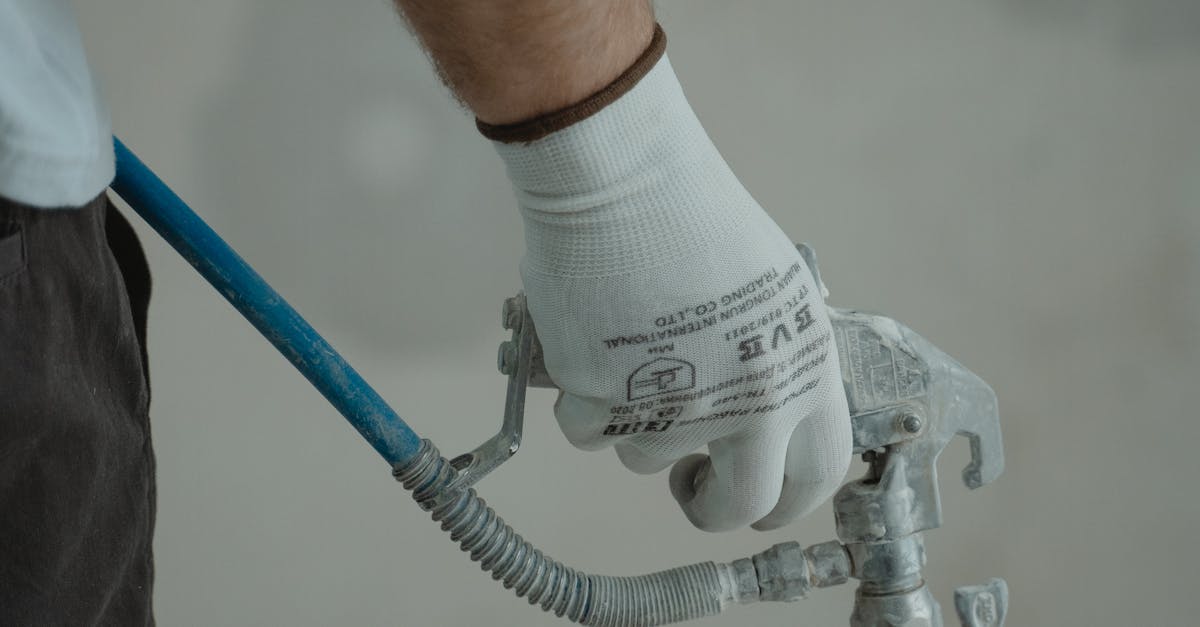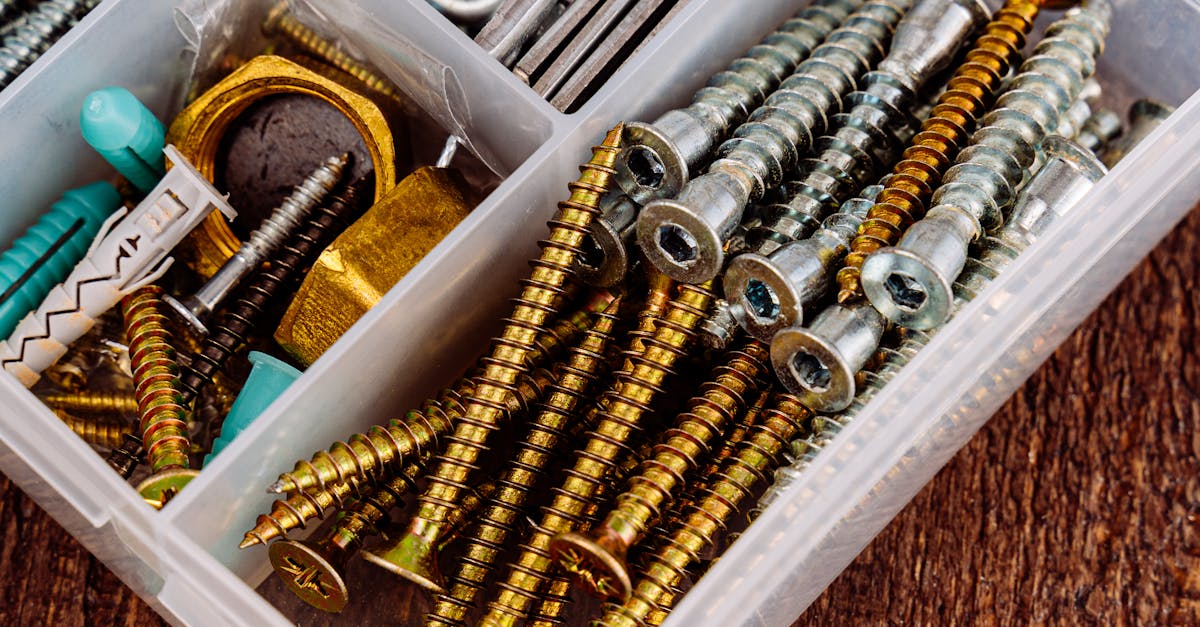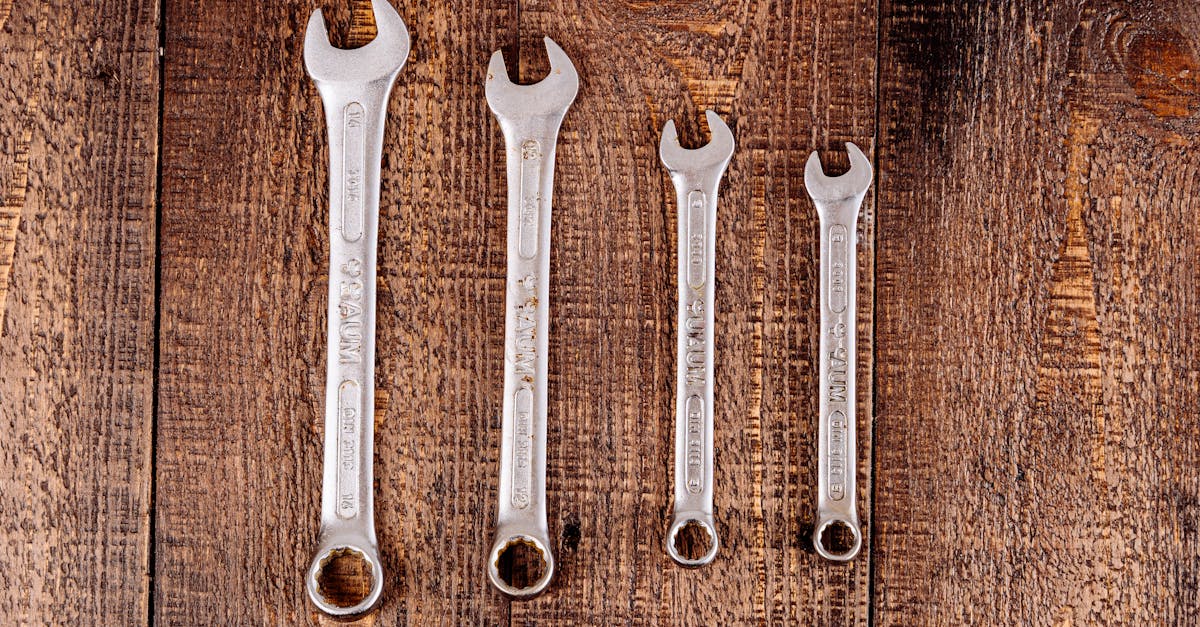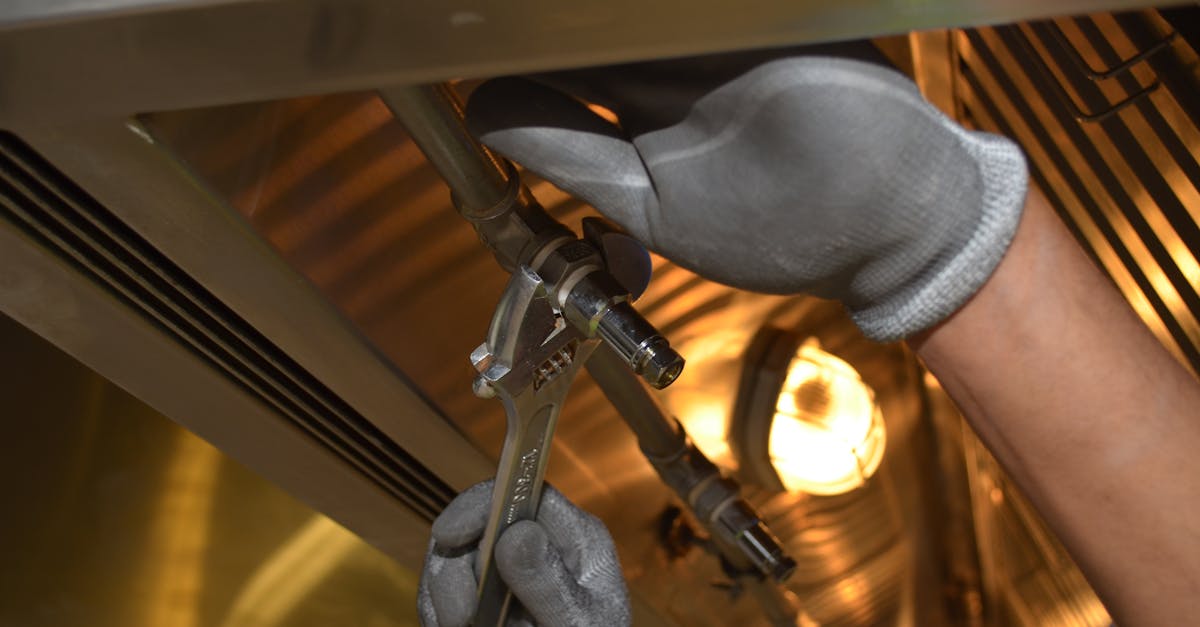
Table Of Contents
Temperature and Pressure Imbalance
Temperature and pressure imbalances in a hot water system can lead to significant issues, including leaks under the tank. When the temperature rises uncontrollably, the internal pressure can increase beyond the system's capacity. This scenario often causes fittings and components to fail, resulting in water escaping from unexpected areas. Regular maintenance can help prevent these fluctuations, but once an imbalance occurs, immediate attention is required.
If you notice water pooling beneath your unit, checking the pressure relief valve is crucial. This valve is designed to relieve excessive pressure, and if it becomes faulty, it could lead to leaks. Identifying the underlying cause of the pressure issues may necessitate expert Hot Water System repair. Taking prompt action not only prevents further damage but can also save on costly repairs down the line.
How Temperature Fluctuations Affect Your System
Temperature fluctuations within a hot water system can lead to excessive pressure build-up inside the tank. As the water heats and cools, the materials in the system expand and contract. Over time, this constant change can strain components like the tank and valves, potentially resulting in leaks. When the system becomes over-pressurised, it can also trigger the release of water through the temperature and pressure relief valve, which is designed to protect the tank but can create further issues if it operates frequently.
Moreover, these temperature variations can affect the integrity of the internal seals and connections. If seals become brittle due to repeated thermal expansion and contraction, they may begin to fail. Such failures can manifest as water pooling underneath the system, signalling the need for hot water system repair. Regular maintenance checks can help identify early signs of stress from temperature fluctuations, allowing for timely interventions that prevent more severe problems down the line.
Sediment Buildup in the Tank
Over time, sediment can accumulate at the bottom of your hot water system, particularly if you have hard water. This accumulation occurs as minerals like calcium and magnesium settle out of the water during heating. As sediment builds up, it can affect the efficiency of the system and lead to increased wear and tear. If left unaddressed, this buildup can contribute to leaks, as the pressure exerted on the tank exacerbates any weaknesses.
Regular maintenance is crucial for the longevity of your unit. Flushing the tank can help remove sediment and minimise the risk of leaks. However, if you notice water pooling beneath your hot water system, it's advisable to seek professional help. Engaging a qualified technician can assist with hot water system repair, ensuring that any sediment-related issues are resolved promptly and effectively.
The Role of Sediment in Causing Leaks
Sediment buildup inside a hot water system can lead to significant issues over time. When minerals from the water settle at the bottom of the tank, they can create a barrier that traps heat. This overheating can result in increased pressure within the tank. Such pressure may eventually cause leaks to develop. Regular maintenance is essential to mitigate this type of problem, as neglecting sediment removal may necessitate hot water system repair.
To prevent leaks caused by sediment, it’s important to flush the tank periodically. This process helps remove accumulated debris and ensures that the system operates efficiently. Homeowners should be vigilant for signs of leaks, such as water pooling around the unit or unusual noises originating from the tank. If sediment-related leaks occur, seeking professional help for hot water system repair becomes crucial in preserving the longevity of the system.
Damaged or Worn Out Seals
Over time, the seals in a hot water system can deteriorate due to constant exposure to heat and pressure. This deterioration can lead to leaks developing at various points, particularly where pipes connect to the storage tank. If these seals are not functioning properly, water may escape underneath the system, causing damage to the surrounding area and potentially leading to more significant issues. Regular maintenance can help in identifying seal wear before it results in leaks.
It’s important to recognise the symptoms of seal failure. Homeowners may notice unexplained puddles near the hot water system or a persistent damp spot on the floor. Additionally, unusual noises like dripping or hissing can be signs of a compromised seal. When these issues arise, seeking professional assistance for hot water system repair is crucial to address the problem effectively and to prevent further damage.
Recognising the Symptoms of Seal Failure
A hot water system can exhibit several signs indicating seal failure, necessitating immediate attention. One common symptom is the presence of water pooling around the base of the unit. This accumulation may be subtle at first but can escalate into a larger issue if not addressed promptly. Additionally, you might notice a decrease in water pressure or inconsistent hot water, signalling that the seals might not be functioning adequately.
Another warning sign to watch for includes unusual noises coming from the system, which may indicate that the seals are wearing out. These sounds can range from hissing to dripping, serving as alerts that professional intervention is needed. In cases of severe seal degradation, a hot water system repair might be required to restore optimal performance and prevent further damage. Keeping an eye out for these symptoms can help maintain the efficiency and longevity of your system.
FAQS
What are the common causes of a hot water system leaking from underneath?
Common causes include temperature and pressure imbalances, sediment buildup in the tank, and damaged or worn out seals.
How can temperature fluctuations lead to leaks in my hot water system?
Temperature fluctuations can cause expansion and contraction of the tank and its components, potentially leading to cracks or openings that allow water to escape.
What should I do if I notice sediment buildup in my hot water system?
If you notice sediment buildup, it’s advisable to flush the tank regularly to remove sediment and prevent further issues, or consider calling a professional for assistance.
How can I tell if the seals in my hot water system are damaged?
Look for signs such as water pooling around the base of the system or visible corrosion on the seals. If you suspect seal failure, it's best to consult a professional.
Is it safe to continue using my hot water system if it’s leaking?
It is not advisable to continue using a leaking hot water system, as it can lead to further damage and potential safety hazards. Turn off the system and contact a professional for repairs.
